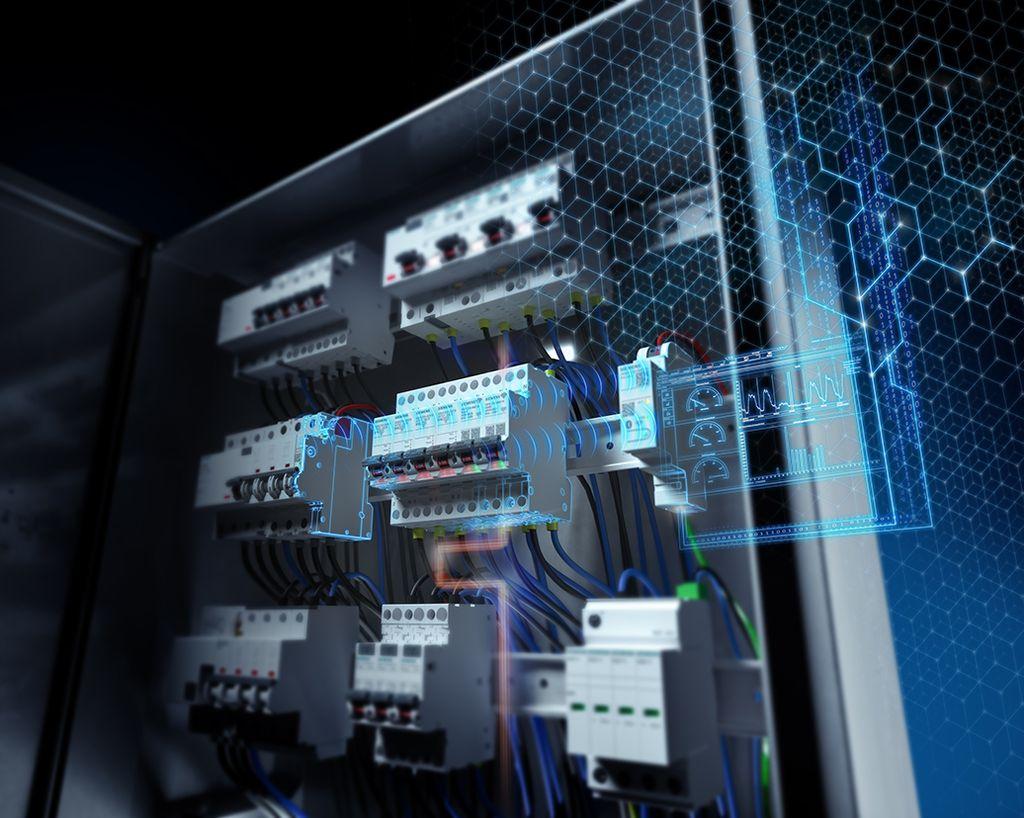Exploring the Significance of Circuit Protection in Ensuring Electrical Safety and Reliability

Types of Fuses
Just like circuit breakers, different types of fuses are suitable for various current ratings and applications:
Plug Fuses: These small and compact fuses are mainly used to protect equipment plugged into wall outlets.
Block Fuses: Block fuses have rectangular or cylindrical glass casings and use a wire element for overcurrent protection. They are seen in older equipment and fuse boxes.
Cartridge Fuses: Modern cartridge fuses have silver-plated contact blades and enclosed glass tubes for easier inspection and replacement. They protect low-voltage circuits.
High Rating Fuses: For industrial machinery and heavy-duty equipment, high rupture capacity fuses rated for hundreds or even thousands of amperes are employed.
Other Circuit Protection Devices
In addition to fuses and circuit breakers, some other common circuit protection devices include:
Protective Relays: Electromechanical or digital relays provide advanced protection for heavy current industrial circuits by detecting faults and isolating the faulted section automatically.
Surge Protective Devices (SPDs): SPDs like surge arrestors and suppressors shield sensitive electronics from transient overvoltage events like lightning strikes that induce high voltage surges.
Ground Fault Circuit Interrupters (GFCIs): Also known as residual current circuit breakers for personal protection, GFCIs are primarily used in wet locations like kitchens and bathrooms to prevent electric shocks.
Importance of Proper Circuit Selection
When selecting Circuit Protection devices, it is important to consider various factors like the circuit current rating, fault level, ambient temperature and duty cycle of the equipment to be protected. Undersizing can lead to frequent nuisance tripping while oversizing may not provide adequate protection during faults.
The specifications of the conductor, terminal size and short circuit withstand ratings of all connection points also need to match the circuit protective device rating. Proper co-ordination between upsteam and downstream devices is necessary where multiple levels of protection exist to minimize downtime from spurious tripping during faults external to the protected circuit.
Compliance with Electrical Safety Standards
All circuit protection devices must comply with relevant product safety standards set by agencies like UL, IEC or BIS which define testing protocols and marking requirements. Procuring certified equipment from authorized dealers protects installations from regulatory non-compliance risks and safety issues from substandard components. Periodic thermal scanning using infrared cameras also helps detect loose connections or overloaded circuits for pre-emptive maintenance before failures.
Explore more information on this topic, Please visit-
https://www.pressreleasebulletin.com/circuit-protection-market-size-and-share-analysis-growth-trends-and-forecasts/
Explore more trending article related this topic:
https://captionssky.com/bottled-water-industry-in-united-states-an-ever-growing-segment/
- Art
- Causes
- Crafts
- Dance
- Drinks
- Film
- Fitness
- Food
- Oyunlar
- Gardening
- Health
- Home
- Literature
- Music
- Networking
- Other
- Party
- Religion
- Shopping
- Sports
- Theater
- Wellness
- IT, Cloud, Software and Technology


